Earth Cycle specialise in producing 100% organic, peat-free Topsoil, Compost, Soil Conditioner and Mulch. Manufactured using only locally sourced, recycled plant materials, their PAS100 certified compost is delivered direct to gardeners’ homes nationwide. This organic certified compost is used to create several blends of Compost and Topsoil including Turf Dressing, Wildflower Topsoil, and their unique Cow Compost which includes composted cow manure from their award-winning organic dairy herd.
Building a raised bed with Earth Cycle
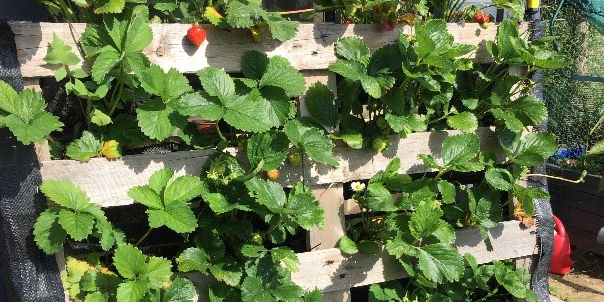
Why build a raised bed?
Raised beds can be a great way to organise and control healthy plants. Not only can they be great if you are limited on space, but also allow for less bending and kneeling when planting and maintaining the garden. You may have seen raised bed kits to buy at your local garden centre but building your very own is easier than you might think. Here’s the Earth Cycle step-by-step guide to building a raised bed for your garden.
Look for the light
The first thing to think about when making a raised bed is ensuring that the plants - whether vegetable or bedding – have enough light. You may want to place your raised bed against an existing fence or wall on the perimeter of your garden, but make sure that any sunlight is not going to be blocked by any trees or hedges.
Check your space
Mark out where to put the raised bed and ensure that the bed is no wider than 120cm wide to enable access to any plants in the middle. The height should ideally be more than 15cm and for root crops 30cm is ideal.
Remember that the larger the bed, the more soil and compost you will need to fill it with and this will increase the build cost. It’s very easy go over any planned budget by not taking into account the amount of topsoil and compost needed.
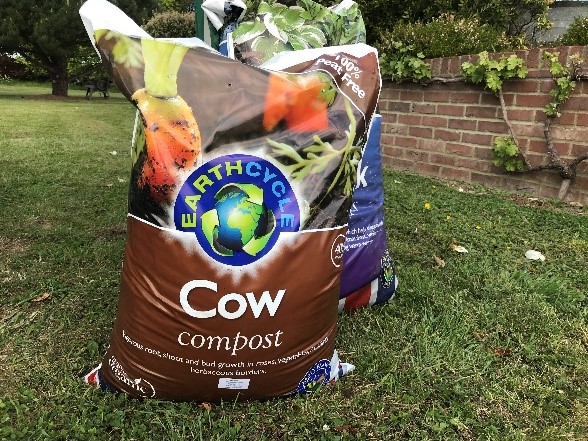
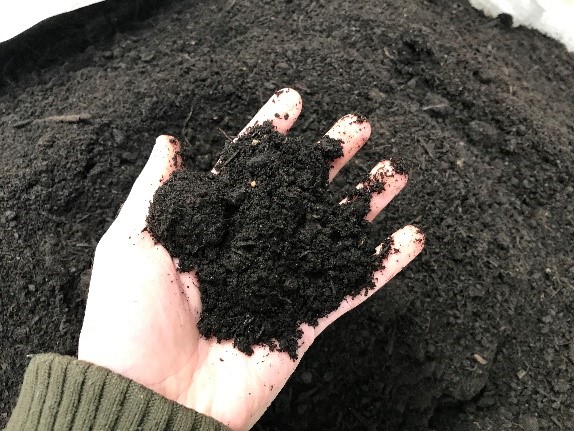
Materials
Once you’ve decided on the space and size, you’ll need to source the materials to build the bed. If you have a healthy budget you can opt to buy railway sleepers for constructing the bed as they are sturdy and long-lasting. Or you can source off cuts of wood to save money – decking boards are a great alternative as they are usually treated and offer a smart modern look to any garden. Whatever route you go down, make sure that the wood is treated to avoid any rotting over the wetter months. However, if you want to be more environmentally friendly and go untreated, the type and thickness of the wood makes all the difference. Cedar or Larch are perfect. Larch is a wood abundant in the UK and mainly used for pallets. This means it is naturally durable and planks which are at least 5cm thick should last you at least a decade, even untreated.
You can also use recycled plastic. In fact, almost anything can be used as a ‘planter’, so why not get creative! If you have a spare pallet, you can even make a pallet planter by simply stapling some ground cover membrane inside to create pockets for the plants to grow!
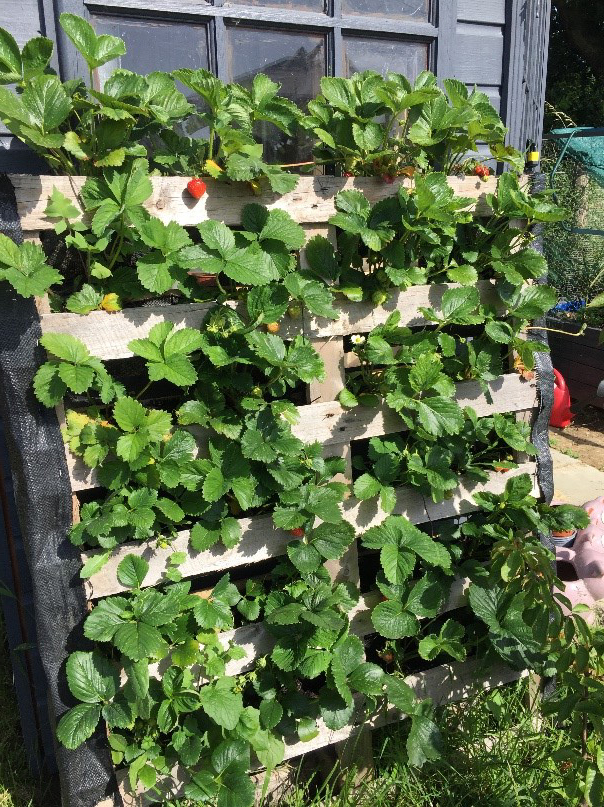
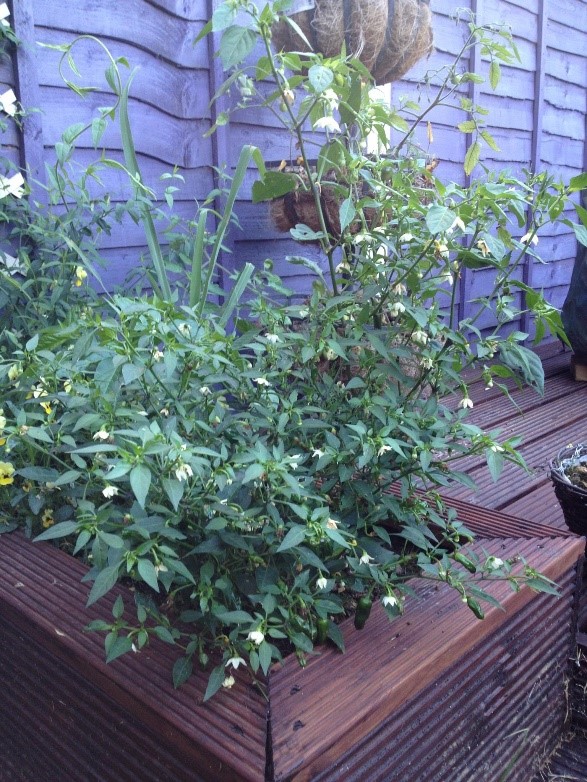
Build
To build the bed, be sure to overlap the planks and use long decking screws. If you have measured out the bed on grass, it might be a good idea to build it on a layer of plastic sheeting or Damp Proof Course/Membrane to stop weeds coming up throughout the growing year.
Fill the bed
So now we are ready to fill the bed. Use a good mix of compost and soil. We recommend our 100% peat-free Beds and Borders Compost mixed in with our Topsoil Supreme. This provides wonderfully rich nutrients as well as a consistency that gives good drainage. Try a ratio of 2 parts Topsoil Supreme to 1 part 10mm Beds and Borders or Vegetable Compost as you can always top it up with more compost throughout the year. Our Compost Mulch, or even a little Cow Compost would work well, adding extra nutrients slowly into the media.
What to plant together
Most plants can be grown in a raised bed, but it’s important to check which plants grow well together as each plant will have different requirements. For more details on which plants work best together, check out the Earth Cycle blogs on Companion Gardening and Allotment Tips for Beginners for some handy hints and tips.
Relax
After all that hard work, it’s time to sit back and admire the new addition to your garden… and perhaps start planning the next one!
WHY SHOULD WE GO PEAT-FREE?
Peat bogs are built up over millions of years and support fragile ecosystems that can be destroyed in an instant by removing peat to add to your compost. Most gardeners won’t realise that to make their garden look beautiful and thrive, they are purchasing a product that has contributed to the destruction of the natural environment.
But it doesn’t have to be this way - By recycling green waste to make the Earth Cycle range of composts and topsoils, it’s possible to not only reduce the destruction of these fragile ecosystems, but also reduce the quantity of waste being directed into landfills, resulting in a reduction of toxic gases that are released into the atmosphere. Many composts and topsoils available in your local garden centre also contain ingredients such as coir (a waste product of coconuts), which have been shipped from overseas and therefore have a large carbon footprint. Earth Cycle composts and topsoils contain none of this well-travelled component.


